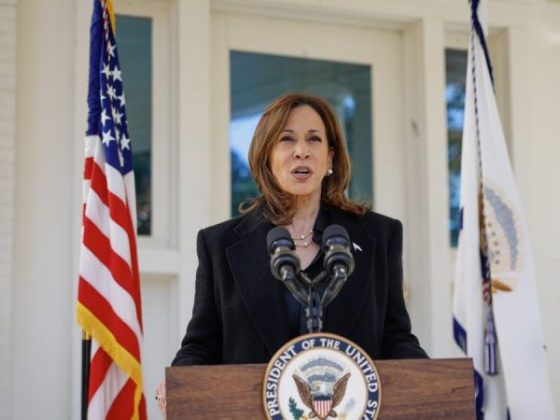Southwest Airlines (NYSE: LUV) surprised investors today by reporting third-quarter results that surpassed Wall Street’s expectations.
The company delivered a profit of $0.15 per share, significantly higher than the anticipated $0.04 per share, and achieved record operating revenues of $6.9 billion, a 5.3% increase compared to the same period last year.
Despite rising operating expenses—up 12% due to high maintenance and labor costs—and a profit drop of two-thirds, the airline demonstrated resilience in a challenging market.
The positive earnings news was accompanied by the announcement of a settlement with activist investor Elliott Management.
After months of negotiations and a looming proxy fight, Southwest agreed to appoint six new directors to its board, while CEO Bob Jordan retains his position.
Board Chairman Gary Kelly will accelerate his retirement, stepping down on November 1, 2024, and will assume the title of Chairman Emeritus.
This agreement effectively ends the risk of a proxy war and aims to steer the airline toward a more profitable future under reconstituted leadership.
The settlement with Elliott Management comes after the activist investor amassed an 11% stake in Southwest and pushed for significant changes, including the ouster of CEO Bob Jordan and a complete board overhaul.
The agreement reflects a compromise that preserves existing leadership while introducing fresh perspectives to the board.
Gregg Saretsky, former CEO of WestJet, will chair the refreshed Finance Committee, signaling a strategic shift in the company’s financial oversight.
Strong demand and strategic initiatives
Despite operational challenges, Southwest carried 0.5% more passengers in the third quarter compared to the previous year, with the load factor increasing by 50 basis points to 81.2%.
The company noted that travel demand remains robust, and bookings for the upcoming holiday season are strong.
To capitalize on this demand, Southwest is implementing several strategic initiatives, including launching global airline partnerships in 2025, offering vacation packages, introducing redeye flights, and transitioning to an assigned seating model by 2026.
These initiatives aim to enhance revenue and optimize asset utilization without significant capital expenditure.
By offering premium services such as assigned seating and extra legroom, Southwest expects to boost its EBIT by $1.5 billion by 2027.
The introduction of redeye flights and improved turnaround times are projected to increase capacity equivalent to adding 44 aircraft, further driving revenue growth.
Financial position and valuation metrics
Southwest maintains a strong financial position with liquidity of $10.4 billion, exceeding its debt outstanding of $8.0 billion.
The company announced a $250 million accelerated share repurchase program as part of its $2.5 billion share repurchase authorization, indicating confidence in its future cash flows.
However, Moody’s has lowered its outlook on Southwest from stable to negative, citing execution risks associated with the new strategic initiatives and the potential impact on free cash flow if performance falls short in the coming years.
Southwest’s stock is trading at a forward price-to-earnings ratio that suggests the market has not fully priced in the anticipated improvements.
Jefferies estimates the company’s 2027 earnings per share at $2.50, below the implied range of $4.00 to $5.00 per share, and assigns a price target of $32 based on 6x EBITDAR.
The airline’s focus on cost management and revenue enhancement strategies could lead to an upside if successfully executed, but skepticism remains among analysts regarding the feasibility and timing of these initiatives.
As Southwest Airlines embarks on this transformative journey, the financial markets will be closely monitoring its progress.
The combination of strong demand, strategic initiatives, and a reshaped leadership team sets the stage for potential growth.
The question remains whether these factors will be sufficient to propel the stock upward.
Examining the technical indicators and chart patterns may provide further insights into the company’s prospects and the stock’s future trajectory.
Is the long-term downtrend coming to an end?
Although Southwest Airlines’ stock has seen significant gains this year since August, it still trades at a more than 50% discount to its 2021 all-time highs.
Source: TradingView
This recent surge has brought back upward momentum in the short-term timeframe, but whether this results in a medium-term uptrend remains to be seen.
The first indication of that will be the stock giving a daily closing above its near-term resistance at $34.96.
Hence investors looking to buy the stock must only initiate a small position at current levels and add to it if the stock manages to close above $34.96.
Traders who still have a bearish outlook on the stock can initiate a short position at levels above $32 with a stop loss of $35.2.
If the short-term upward momentum wanes away, the stock can again fall back to the $24.2 level, where one can book profits.
The post Strong Q3 results and Elliott deal: is Southwest Airlines poised to soar? appeared first on Invezz


